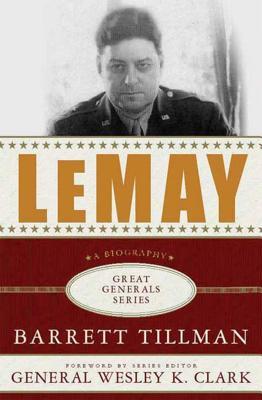A close look at the controversial command and strategies of the Air Force Chief of Staff, Curtis LeMay--a terrifying, complex, and brilliant general.
In World War II, LeMay ordered the firebombing of Tokyo and was in charge when Atomic bombs were dropped on Hiroshima and Nagasaki. He was responsible for tens of thousands of civilian deaths--a fact he liked to celebrate by smoking Cuban cigars. But LeMay was also the man who single-handedly transformed the American air force from a ramshackle team of poorly trained and badly equipped pilots into one of the fiercest and most efficient weapons of the war. Over the last decades, most U.S. military missions were carried out entirely through the employment of the Air Force; this is part of LeMay's complicated legacy.

A close look at the controversial command and strategies of the Air Force Chief of Staff, Curtis LeMay--a terrifying, complex, and brilliant general.
In World War II, LeMay ordered the firebombing of Tokyo and was in charge when Atomic bombs were dropped on Hiroshima and Nagasaki. He was responsible for tens of thousands of civilian deaths--a fact he liked to celebrate by smoking Cuban cigars. But LeMay was also the man who single-handedly transformed the American air force from a ramshackle team of poorly trained and badly equipped pilots into one of the fiercest and most efficient weapons of the war. Over the last decades, most U.S. military missions were carried out entirely through the employment of the Air Force; this is part of LeMay's complicated legacy.